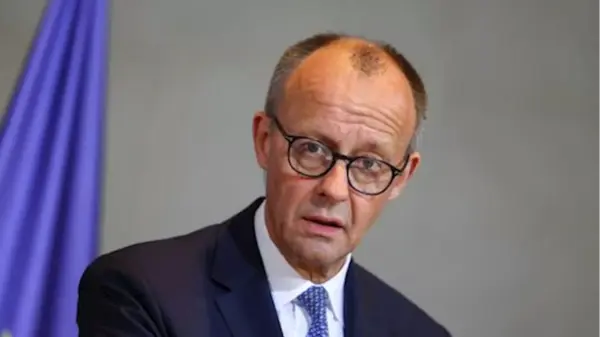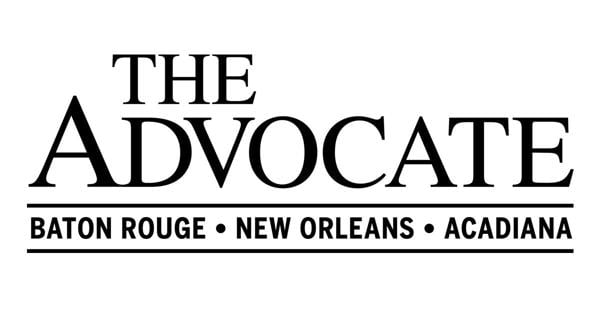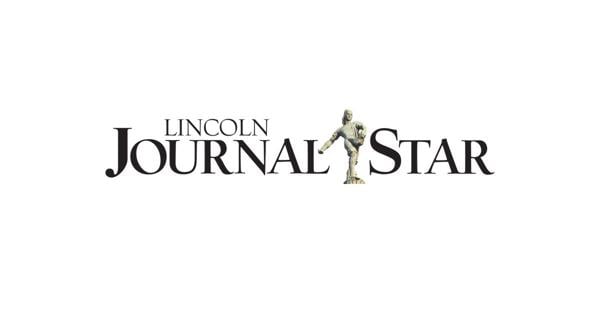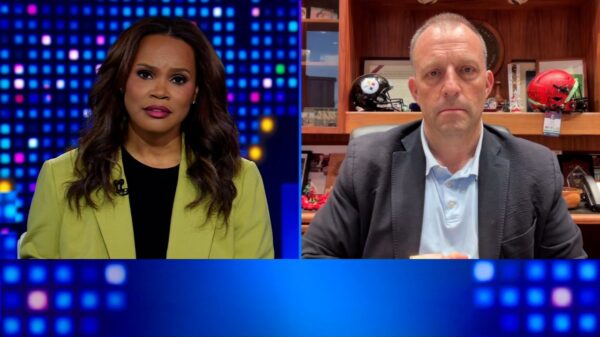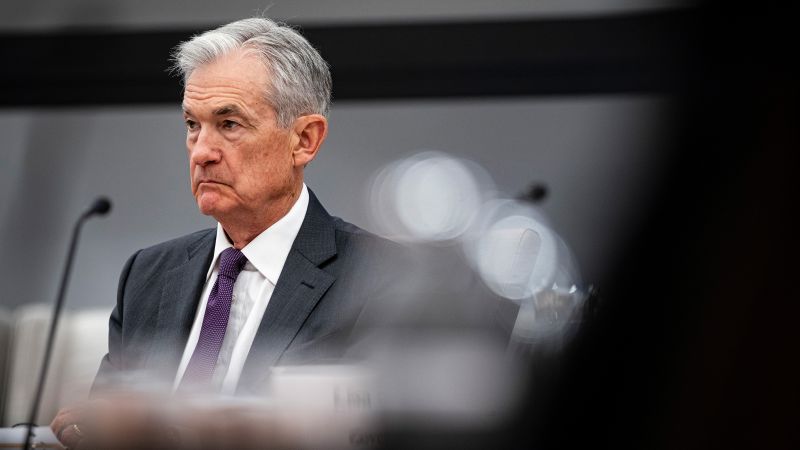President Donald Trump has escalated his public criticisms of Federal Reserve Chair Jerome Powell, reflecting his growing frustration over the Fed’s reluctance to lower interest rates. This intensification of attacks is not merely rhetorical; it includes coordinated efforts by Trump’s advisers to amplify pressure on Powell and the Federal Open Market Committee (FOMC). While there are no active plans to remove Powell, this campaign marks a significant shift in strategy aimed at undermining the Fed’s independence.
The situation intensified recently following a letter from Office of Management and Budget Director Russell Vought, which he shared on social media. Vought suggested that Powell may have violated the law regarding a planned renovation of the Fed’s headquarters, referencing Powell’s congressional testimony and its implications under the National Capital Planning Act. Vought’s remarks were framed as inquiries into the project’s costs, but they hint at a wider strategy to challenge Powell’s leadership.
Vought stated, “We will be asking tough questions with regard to the Fed,” and emphasized Trump’s dissatisfaction with the Fed’s current policies. “The president has a policy view with regard to we need lower rates,” he added. This ongoing pressure is compounded by actions to appoint loyalists to the planning commission responsible for overseeing such projects, a move that analysts recognize as typical of Trump’s approach to governance.
Despite these tactics, White House officials maintain that there is no current initiative to remove Powell, a notion that has been a long-standing fixation for Trump. Concerns about potential market reactions and legal constraints have tempered any discussions of ousting the Fed chair. A ruling from the Supreme Court in May clarified that Trump’s authority does not extend to the Federal Reserve, which is designed to operate independently.
The potential fallout from attempting to dismiss Powell could be severe. Former Federal Reserve Governor Daniel Tarullo pointed out that any action to remove the chair could trigger a market sell-off before any legal proceedings unfold. “The anticipated market effect is a disincentive to try to remove the chair,” he asserted in an April interview.
As Trump seeks to apply pressure, his advisers have taken on more aggressive roles. Previous discussions around Powell’s removal have resurfaced, with key figures such as Kevin Warsh and Kevin Hassett emerging as potential replacements. Warsh has publicly criticized the Fed’s policies, arguing that they hinder economic growth, while Hassett’s earlier role in advising against Powell’s dismissal reveals a complex relationship between Trump and the Fed chair.
The public attacks from Trump and his allies signify a shift from individual criticisms to a more organized campaign. Advisers are now joining Trump in expressing dissatisfaction with Powell’s policies, framing the Fed’s reluctance to cut rates as “monetary malpractice.” This collective voice aims to signal to the FOMC ahead of its next meeting that the administration expects a change in course.
Trump’s approach to influencing the Fed reflects a broader strategy that combines public pressure with bureaucratic maneuvers. An executive order issued by Trump in the past explicitly stated that certain independent agencies, including the Fed, were exempt from his oversight, a recognition of the importance of maintaining the Fed’s operational independence.
As the interplay between Trump and the Federal Reserve continues to unfold, the situation remains fluid. The ongoing discussions about Powell’s future and the administration’s expectations for interest rates will likely shape economic policy and market responses in the months leading up to the next FOMC meeting. The stakes are high, not only for Powell but for the broader economic landscape as well.












